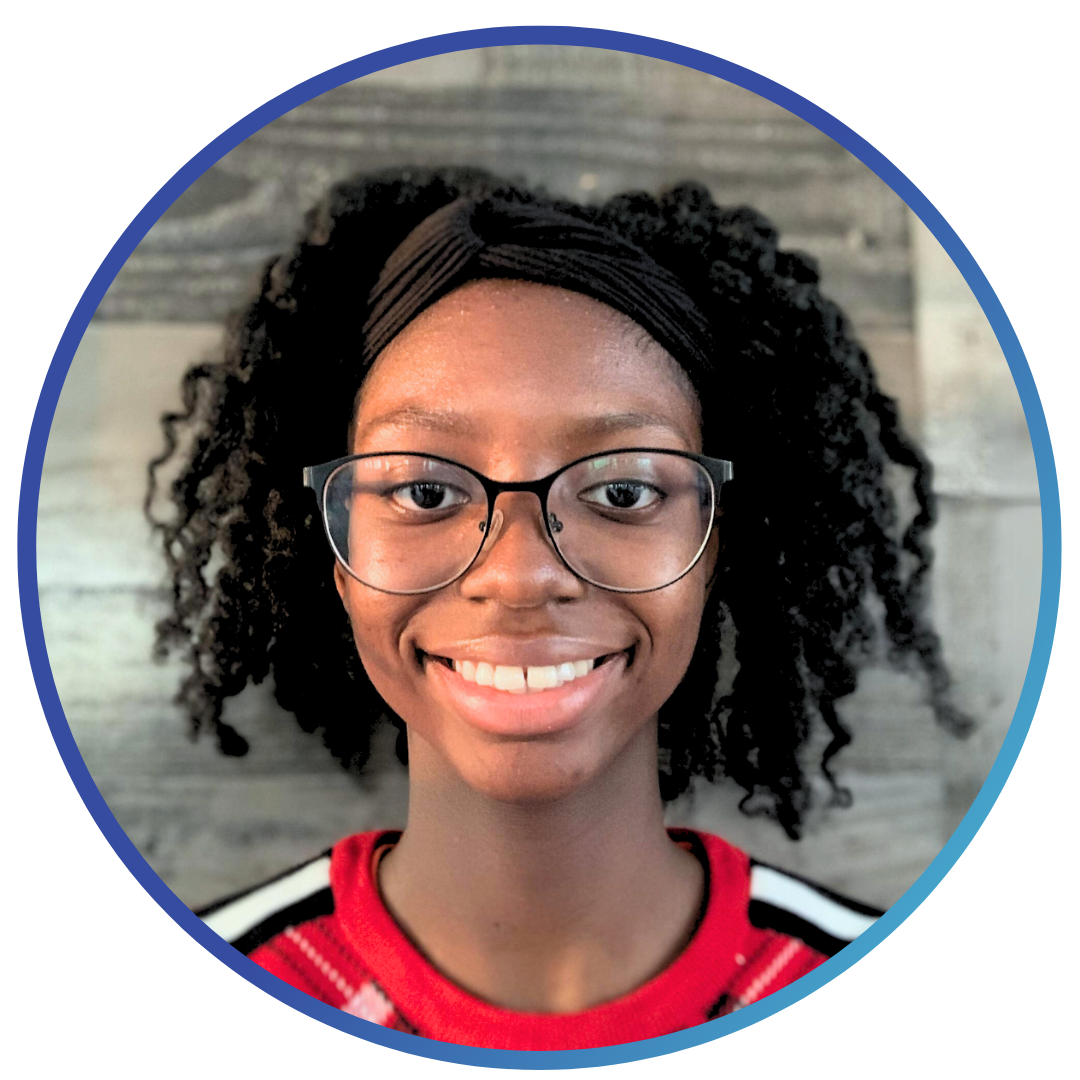Guest post by Theresa Acheampong, KLA's Summer 2024 Climate Storytelling Intern.
My summer at KLA has exposed me to key elements that make a product successful on all ends through understanding user behavior.
One of the most interesting aspects of this internship was gaining a deeper understanding of how to think about the end-user. For example, a study revealed that 57% of viewing time for users was primarily at the top part of the webpage, known as the “fold”. Another study found that on average, it takes 50 milliseconds for users to process and assess the visual appeal of a website. These studies, among others, highlight the importance of how KLA thinks about implementations to the Dashboard and Dashboard services.

Through my daily tasks and research, I learned so much about the importance of viewing a product from the end-user's perspective. Here are three of the many ways I’ve learned to think about the end-user through my internship with KLA:
Intuitive Design
In my daily meetings with the developer and product owner, I had the chance to observe and offer suggestions for existing and new Dashboard features. With every feature that was created, I noticed that a big proponent of feature development is creating a design that thinks of the user's journey with any task. It was interesting to see how the development team, when thinking through the user’s journey, made intentional decisions based on the question “If I was the user, how would I approach using this feature?”.
When discussing how the Dashboard clients would interpret the mechanics of a toggle switch component, intuitive designs became relevant. If the general design of the product has each toggle switch with “Enabled” being bright pink when clicked and “Disabled” being grey when clicked, this design concept should then be replicated similarly for other toggle switches implemented. It wouldn’t be as intuitive to implement another toggle switch design that has “Hidden” being bright pink when clicked and “Visible” being grey when clicked because this differs from the norm. This example, among others, has helped deepen my understanding of what it means to proactively think about the user and the thought process behind creating an intuitive product.

Organization and Simplicity
During my internship, I had the opportunity to assist with the Dashboard process documentations like creating a folder tree structure, data request documents, and revisions to QAQC forms for clients and the Dashboard team. At KLA, I noticed a big part of enhancing the day-to-day processes was through organization. The task of creating a folder tree structure encouraged me to think about the thought process of KLA’s clients when trying to upload data, photos, and resources into this folder tree. I understood that creating an organized folder structure would not only help clients understand what the Dashboard team is looking for but also, make finding information easier for the Dashboard team. A clean and structured back end in our client services leads to a better front end on the dashboard, improving how KLA presents each client's climate action initiatives.
Accessibility
The conversations about accessibility at KLA have made me more cognizant of what accessible technology looks like. While working with our product owner and Dashboard team, I’ve gained invaluable experience and knowledge about accessibility in UI/UX. With the mandate of Title II of the ADA which can implicate local governments for not following accessibility protocols that conform with WCAG 2.1 Levels A and AA, the need for accessible UI/UX is pressing. KLA’s work to proactively push for a more accessible product has shown me what accessible software development looks like. Some of the accessibility protocols that I looked at include alt-text, font size, and text colors. This mandate is an important issue that holds local governments accountable and will be pivotal in helping the user experience for those with accessibility needs. As I work in any facet of technology, I hope to use these accessibility protocols to make sure that I’m being vigilant in thinking about the user experience for everyone.

Here is a blog post on the importance of Accessibility for Digital Sustainability Resources from our Director of Technology, Danielle Civitillo, that goes more in depth on these new federal rules and regulations and how KLA is working towards making the dashboard more accessible.
Takeaways
As an intern at KLA, I’ve worked on numerous projects across different teams. Primarily, my focus was on the Dashboard product. As an aspiring technologist, I found it enriching to work with KLA’s developer and product owner. With each Dashboard task, they helped me understand the dynamics of product maintenance and development. My day-to-day tasks of quality checking/quality assurance, giving UI/UX suggestions, creating Dashboard standards, and assisting with overall Dashboard documentation, have given me great experience in a professional setting. I truly understand the value that software companies and KLA invest towards QA and stress testing because these practices are critical for ensuring that potential issues are resolved before they impact the end-user.
Being a part of the efforts to showcase climate action at KLA has been a fulfilling experience. Being able to marry the skills as a Computer Science student with the skills of understanding how to think about the end-user has broadened my thinking and technical knowledge. I am so grateful to have worked with a company that values high-impact climate action, and this experience opened my eyes to ways that we can tell the story of climate action through thinking about the end user.
Theresa Acheampong was KLA's Summer 2024 Climate Storytelling Intern.



